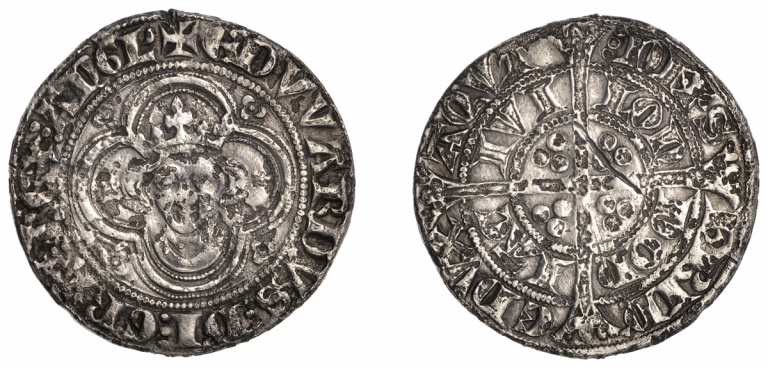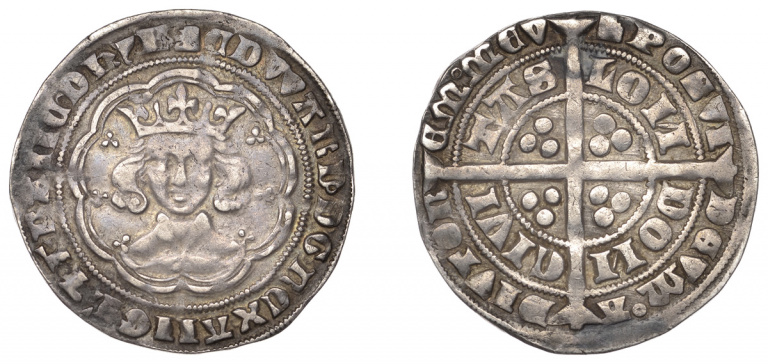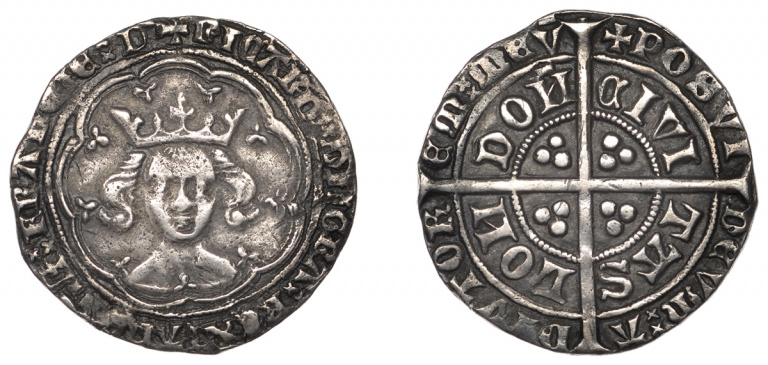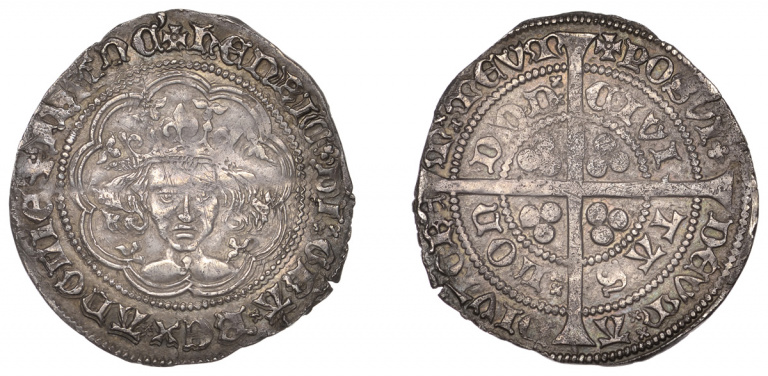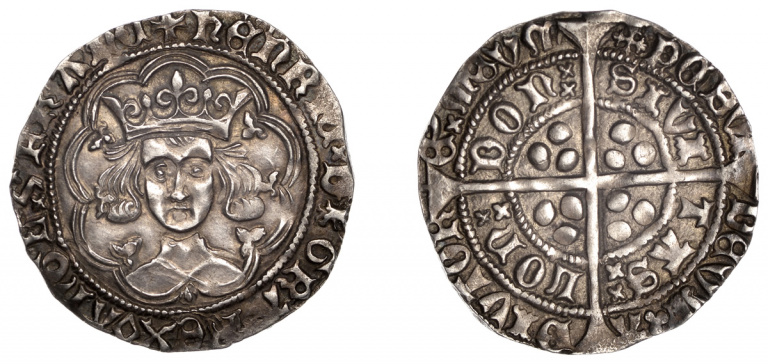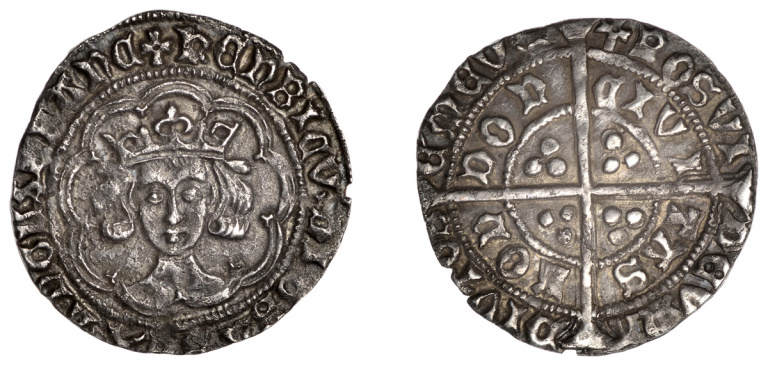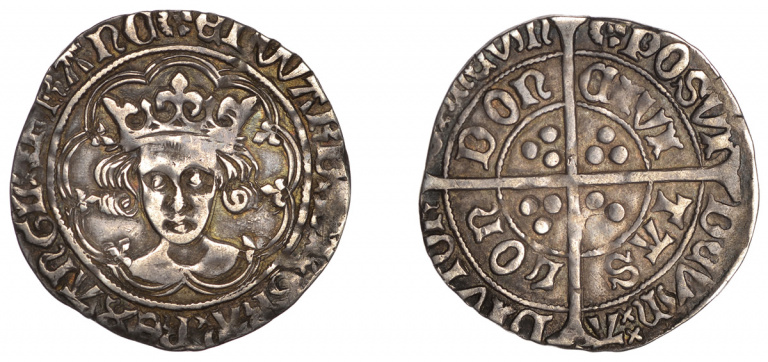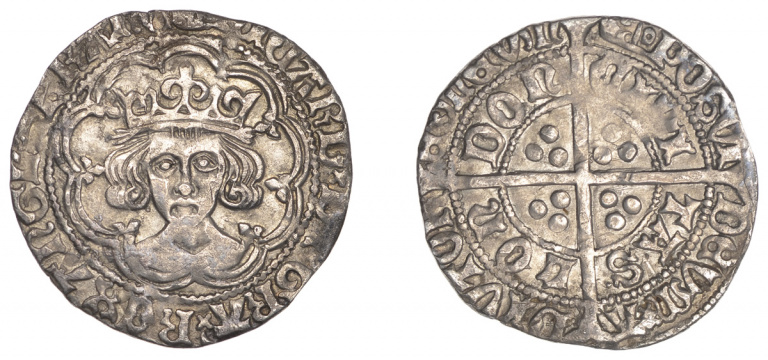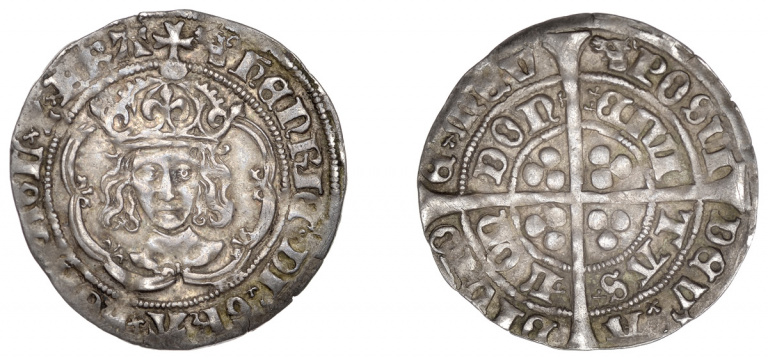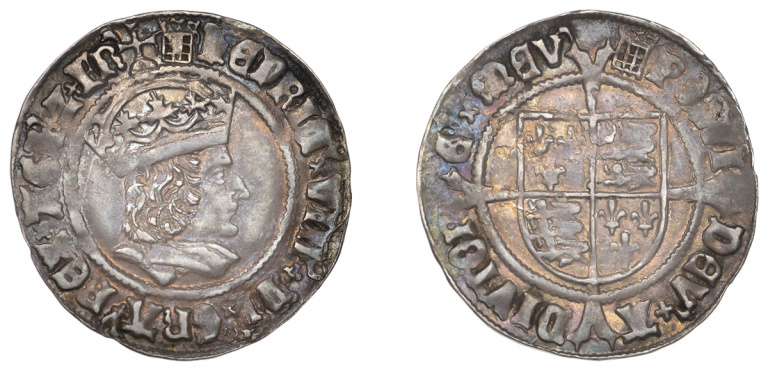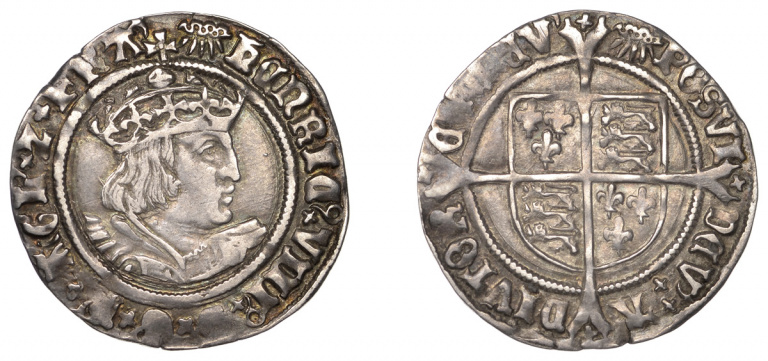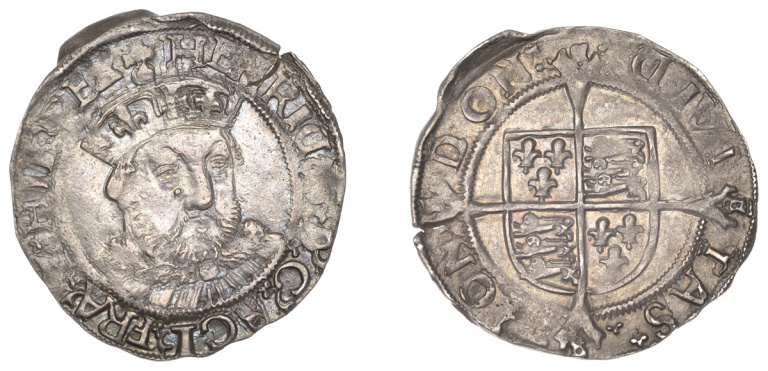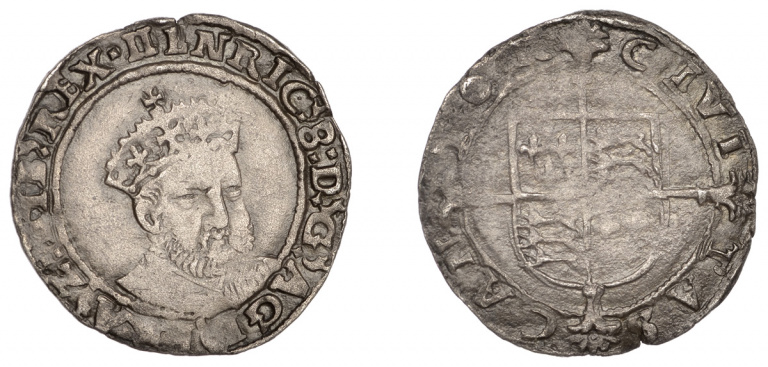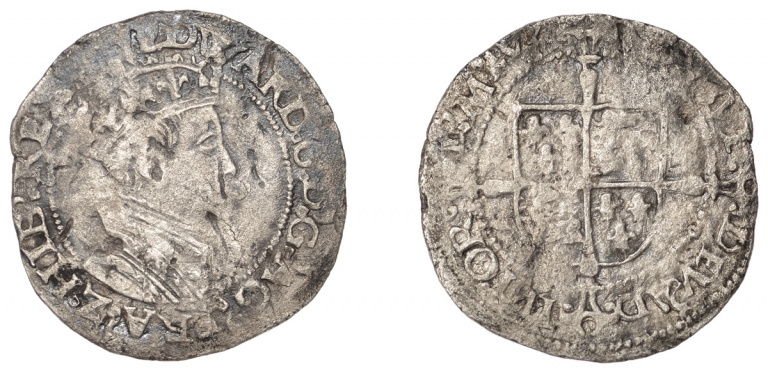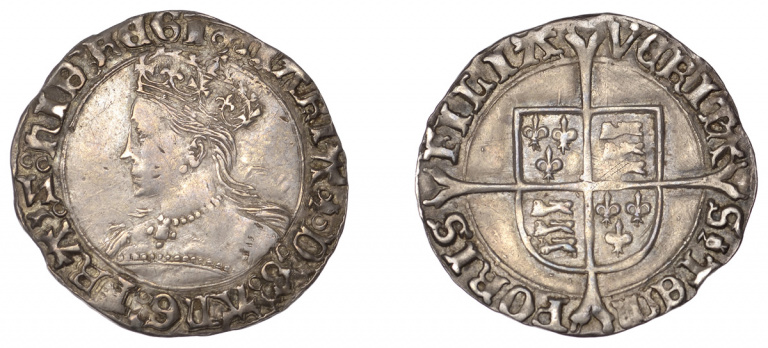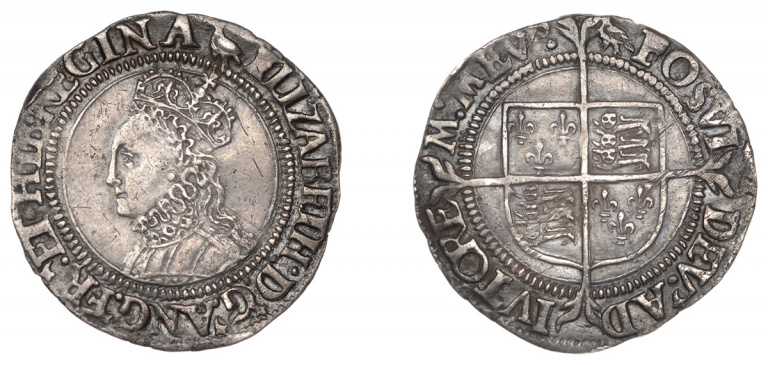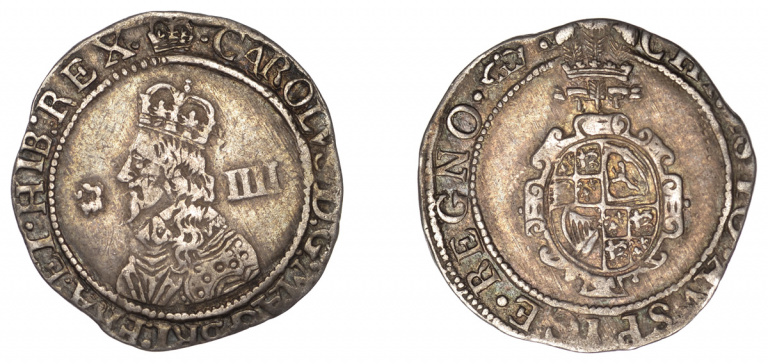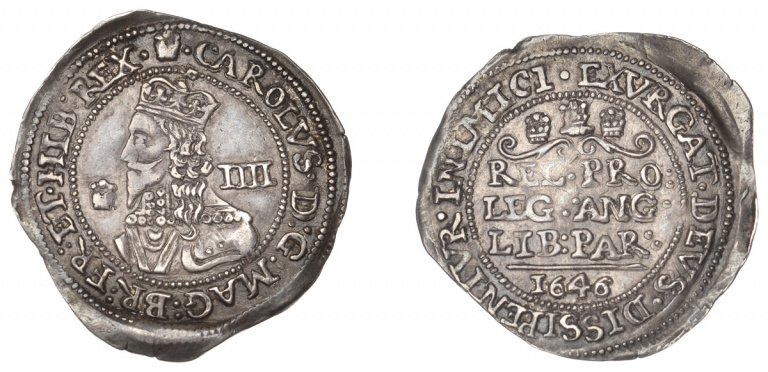Noonans sell Frank Bartlett collection of English groats
Noonans sell Frank Bartlett collection of English groats
On 27 September 2022 Noonans sold the Frank Bartlett collection of English Groats. The collection contains groats spanning from Edward I to Anne. The auctioneer’s interview with Frank provides a fascinating insight into what inspires a collection and the quality of coins that collectors are looking for. The results of the auction were broadly in line with expectations.
To view any of my selected lots in the auction catalogue click on the lot number. The full catalogue can be found here.
There is a buyer’s premium of 24% (plus VAT) on the hammer price.
Frank Bartlett
Frank settled on English groats. He goes on to say “I have no claim to great numismatic scholarship, so rarity of mint marks, dies and similar were of little interest in themselves. What interested me was each groat had been hand-made, and handling them brought me closer to the history, so condition was
everything“. This reiterates the point I have made several times about the importance of condition to its valuation.
Groats
The story of the groat is linked to the kings that introduced or modified it:
Edward I (1272 - 1307)
A coin worth four pennies was introduced by Edward I as part of his recoinage of 1279-81 and is considered to be the first groat. The word “groat” (from the Dutch word “groot” meaning great) only dates from the second half of the 14th century and so these were probably not known as groats at the time.
Edward wanted to improve the crude coinage of his father, Henry III, which was produced in poor conditions and suffered greatly from clipping. As part of the redesign Edward chose to appear without a beard; the portrait appearing within a quatrefoil (Lot 1).
Edward III (1327 - 1377)
It wasn’t until 1351 that groats were struck in earnest, when the need for a larger denomination coin to support trade had become ever more pressing. The design closely resemble the gros of Antwerp and Brussels, in the style of lettering and the king’s portrait in a tressure. The title of King of France and the words Dei Gratia appeared on coins for the first time during Edward III’s reign.
The familiar POSVI DEVM ADIVTOREM MEV appears on the reverse (Lot 2).
The design of the groat would remain largely unchanged through to Richard III (Lot 56).
Henry VII (1485 - 1509)
The first groats of Henry VII would continue to broadly follow the existing design . The changes are minor: four lines are added to the crown to change it to an arched crown with the addition of a ball and sceptre above (Lot 62).
In 1503 a major change in design of the silver coinage was undertaken. A realistic profile portrait was brought in and the regnal number appeared for the first time in the obverse legend since Henry III.
On the reverse the place of issue is replaced by the coat of arms.
Henry VIII (1509 - 1547)
The first issues of Henry VIII were practically the same as his father with just the regnal number changing (Lot 63). In 1526 the portrait of the young Henry appears (Lot 69). In his third coinage of 1544 -1547 it becomes the portrait inspired by the Hans Holbein the Younger portrait, which Henry loved (Lot 74).
James I (1603 - 1625)
James I didn’t issue any groats but there were a couple of innovations in his coinage that would appear in the groats of Charles I; the quartering of the arms of Scotland and Ireland with England and France on the reverse and the denomination ( as “IIII”) on the obverse.
Charles I (1625 - 1649)
The changes to coinage of James I and the reverse legend CHRISTO AUSPICE REGNO appear on the groat (Lot 92). On the later groats, the Wellington Declaration is seen on the reverse (Lot 94).
Auction Lots
I have included at least one lot from each king or queen in the collection.



